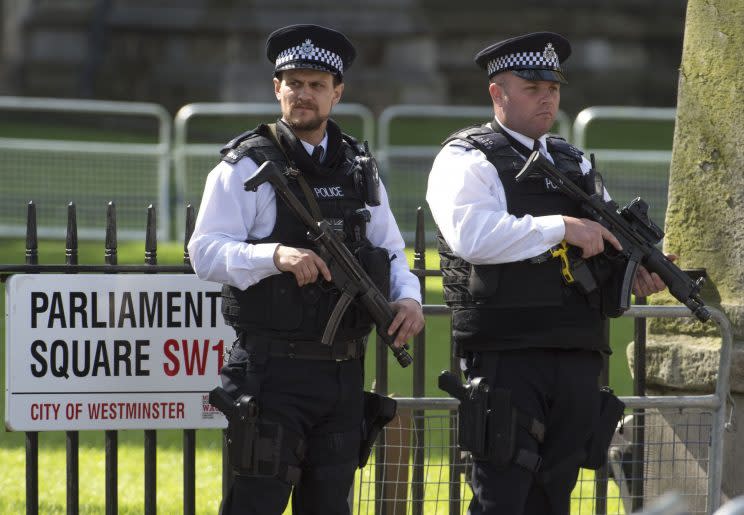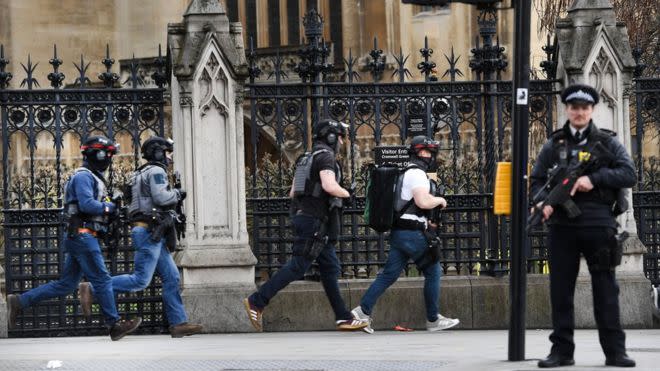Armed police told to shoot terrorists using vehicles as weapons

A dramatic change in policy and an aggressive recruitment drive are part of the UK police’s latest bid to combat terrorism.
The number of armed officers is to rise to more than 10,000 by next year – and they will have licence to shoot terrorists using vehicles as weapons.
Previously they have been told not to do because of the danger of an out-of-control vehicle.
But following the recent terror attacks in London, Berlin and Nice, authorities have realised that shooting the driver is the best way to minimise the damage he can cause and called for a policy U-turn, the Metro reports.
MORE: Gina Miller launches crowdfunding page to fight against ‘extreme Brexit’
MORE: Photographer puts down camera to help injured Syrian children
They will also be given access to ammunition capable of penetrating doors and windows.
A drive to increase the number of response-ready firearms officers was launched in the wake of the Paris atrocity in November 2015.
Revealing the policy U-turn, Simon Chesterman, deputy chief constable of the Civil Nuclear Constabulary, said: ‘Within our policy, we used to talk about not shooting at a moving vehicle because of the danger we might cause if we fired at a driver.

‘But if the vehicle is being used as a weapon in the first place, there aren’t many tactics available in relation to stopping it, particularly a very large lorry. Driving a vehicle in front of it for example is not going to stop it. So you need to shoot the driver.’
The overall number of armed officers in forces across England and Wales is set to rise from 5,639 at the end of last March to around 7,000 by April 2018.
But this figure does not take account of roughly 3,500 armed officers attached to non-geographical forces – the British Transport Police, the Civil Nuclear Constabulary, the National Crime Agency and the Ministry of Defence Police.
Mr Chesterman said that the rise in the number of armed police meant that there was now a ‘very potent’ capability.
An increase in numbers would reverse the trend of recent years, however.
Mr Chesterman said: ‘It is true that by the time we’ve delivered the uplift we will in effect be back where we were in 2010. But there is an important distinction to make.
‘Since that time we’ve honed and improved our plans to mobilise the non-Home Office forces so there is a cavalry there.
He said the gap that developed in recent years has been filled with armed vehicle response officers as opposed to more ‘basic’ firearms personnel.
‘I am convinced that in terms of what we are actually capable of delivering now, it’s far more than it was,’ Mr Chesterman added.
As part of the recruitment drive, the network of specialist counter-terrorism firearms officers is also set to double in size. Members of these units are highly trained, including in operations involving ships or aircraft.
Mr Chesterman also warned of the fear of firearms officers that they will be treated as suspects rather than witnesses if they are involved in police shootings.

 Yahoo News
Yahoo News 

